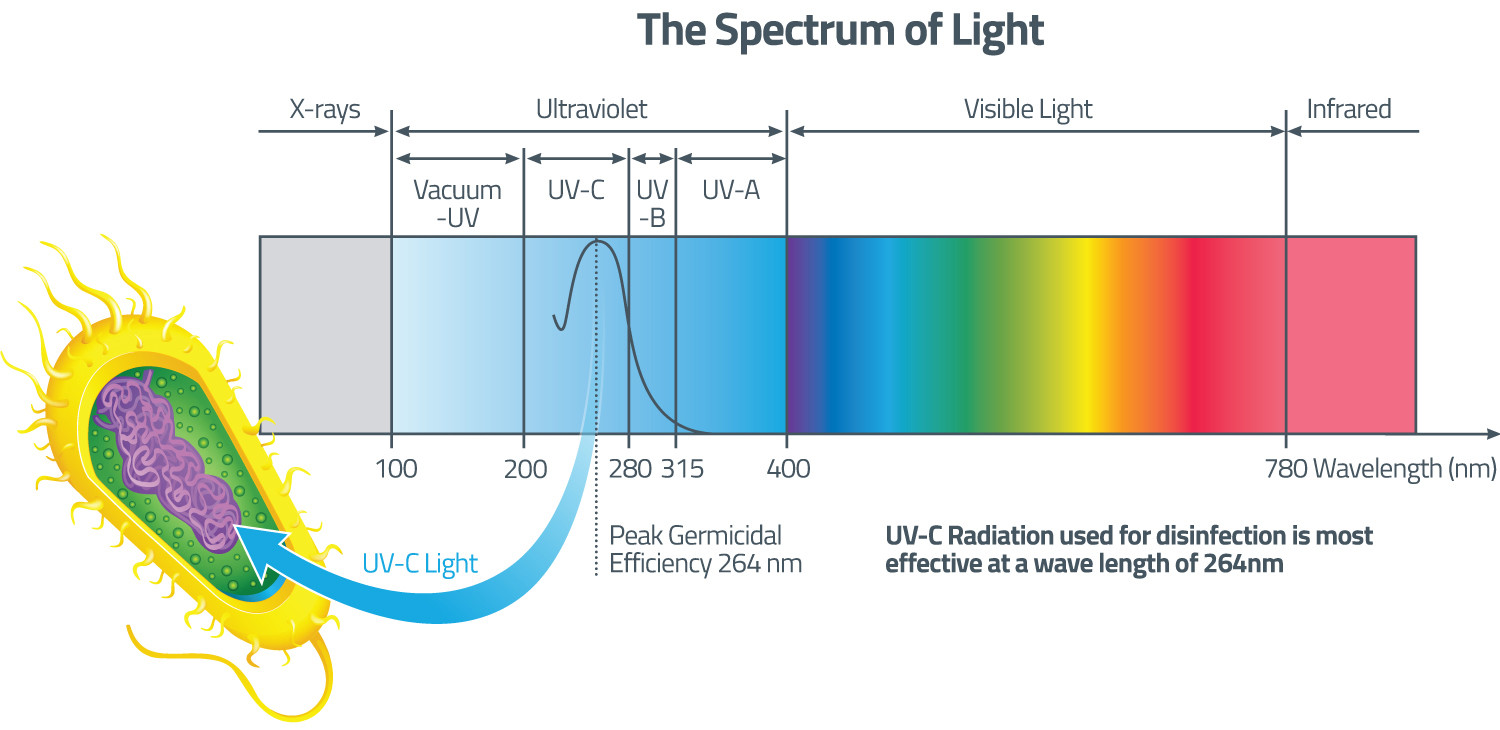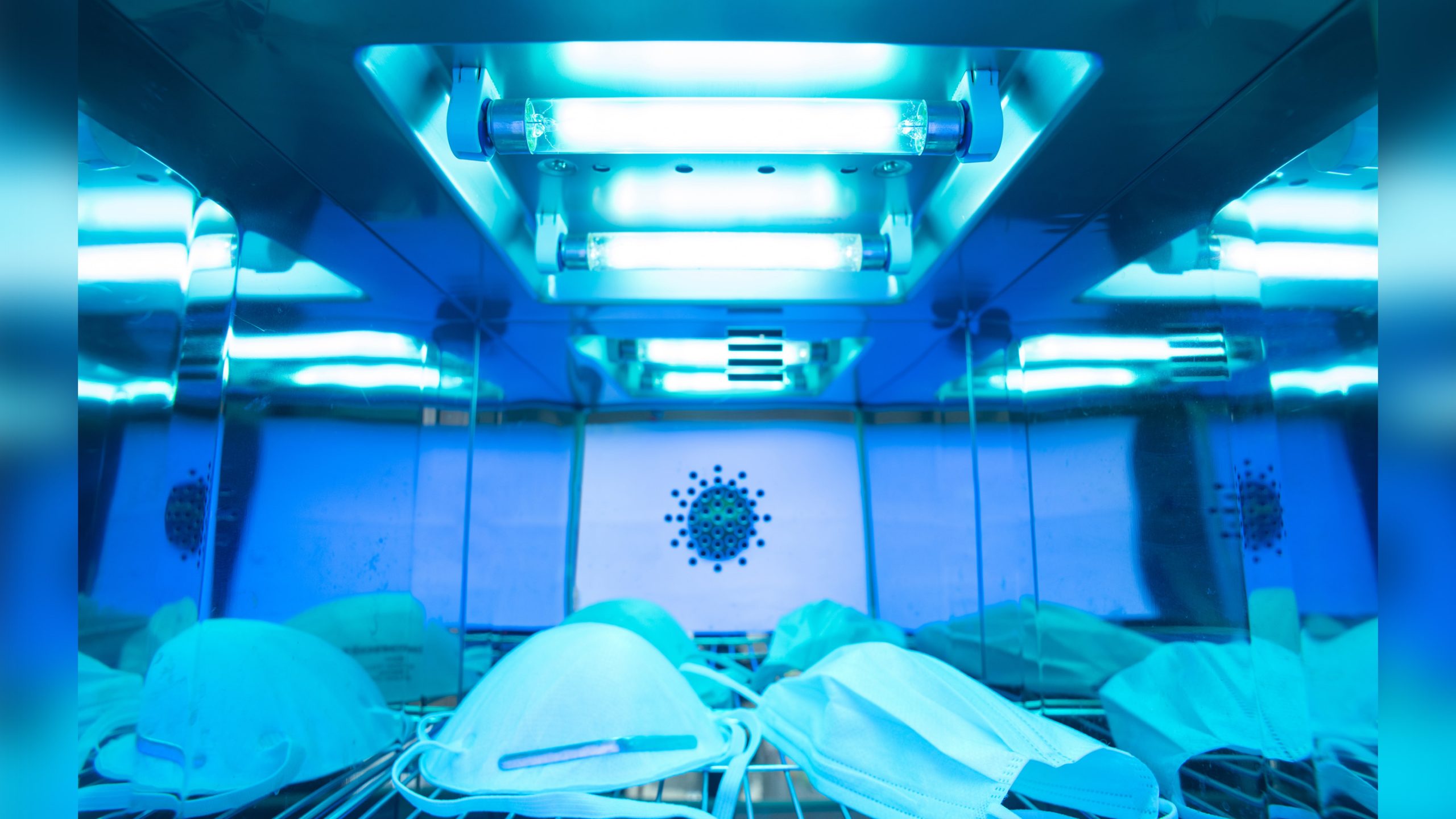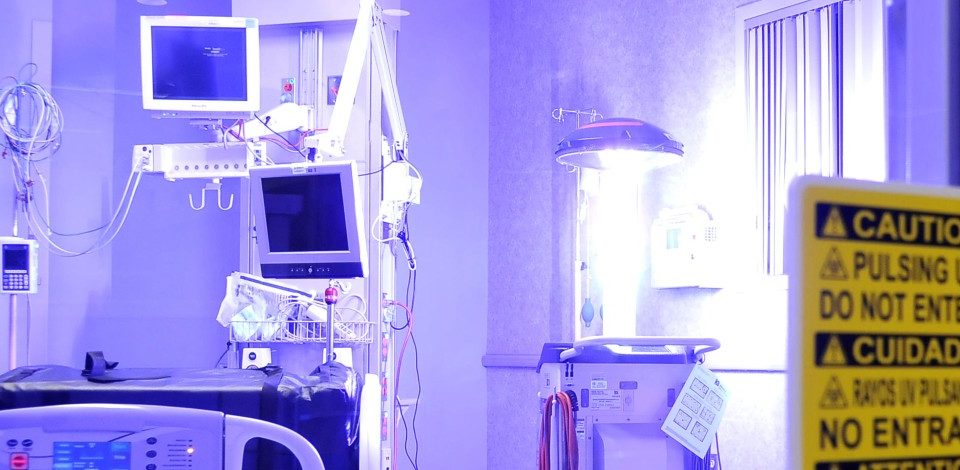How UV Light Robot Hospital Disinfection Technology Is Helping Hospitals Fight Against COVID-19?
2021-01-27 by hqt
Importance of UV Light Robot Hospital Disinfection
With the rise in COVID-19 spread, the uv light robot hospital disinfection practice in health care centres is becoming a critical concern. COVID-19 increases the global concerns for public and personal safety. This ultimately increases the need for a new uv light robot hospital disinfection sterilizing practice.
This is because sanitization is a new critical matter. It hence is becoming a public concern. This thereby is much more pertinent in high populated as well as dense areas. This thus includes hotels, restaurants, subways, hospital as well as other facilities. The hospital nevertheless remains the most populated location in such a dire time. All the Corona victims ultimately reach the hospital and quarantine units for treatment.
Hence, in this way hospitals become the hotspot for contamination and contagious disease. Furthermore, these places also require continuous sanitation as well as contamination practices. For this reason, therefore are many hospitals across the globe are practising autonomous disinfection robots for rooms and wards.
How Does UV Robot Kill Germs in Hospitals?
Here comes the interesting thing. The working mechanism behind the uv light robot hospital disinfection practice. The basic principle is the light spectrum. UV light basically is further divided into three different wavelengths. These are UV-A (which is the longest wavelength in this category), UV-B (a middle range wavelength), and UV-C (shortest wavelength of all). UV-A is the longest wavelength therefore it lies near to the visible part of the color spectrum. However, UV-C is the shortest wavelength. This thereby carries extremely energetic as well as high-frequency waves. This is why the UV-c is the wavelength that helps in disinfecting the hospitals' vicinities.
Similarly, we also know that sunlight also contains a huge amount of uv-light. However, to use only reach the two longest as well as the middle wavelength light. Furthermore, due to the presence of a natural filtration system in the space, the UV-C fails to reach us.
Otherwise, the high frequency upon contacting the human skin causes a red burn, itching, irritation as ultimate tumors. It effectively damages the human skin when it touches it. The technology of UV light was discovered in 1879. However, it took humans years to understand the real phenomenon.
Nevertheless, it took human years to harness it. Nonetheless, now we are turning this discovery into our most effective weapon against our severe and lethal biological enemies. This device is now helping the hospital and healthcare facilities in combating contagious pathogens and germs.
The technology uses to interrupt the DNA structure of these bacteria, mold, and viruses and disrupts their cellular functions. Furthermore, hospital facilities require these units for their regular operation. This is the reason these devices are providing to be helpful weapons against COVID-19 by making hospitals virus-free healthcare zones.
How UV-C Light Robots in Hospital Are Effective Against COVID-19?
The uv light robot hospital disinfection practice is one of the most effective techniques against the novel COVID-19 virus. All it requires is an effective and continuous dose of UV light. There are many types of research that state that UV-C light robots can play an effective role in decontaminating the COVID-19 virus.
However, this practice must be in successive amalgamation with other practices as well. Moreover, the precautionary practices prevent the doctors as well as the patients from direct contact with the light.
This is because as we have discussed that human skin is relatively sensitive whilst that of uv light carries high-frequency light. The eyes and skin of the individual must not be in contact or line of action of the uv-light robot. The foremost problem is that there are a lot of people who are trying to make UV-light technology in their homes.
Additionally, another issue is that there are some companies who claim their products to be effective against COVID-19. However, there is no guarantee that if their products are tested or reliable. This is because just after the 6 months of COVID-19 some companies appear on the surface claiming it.
These products, therefore, carry the risk for hospitals as well as general healthcare facilities. This is because molecular biologist Brian Heimbuch states that he is getting calls from hospital nurses as well as the general public.
They thereby are seeking guidance for manufacturing these uv-light robots in their homes. This matter scares the most because they may accidentally expose themselves to UV-C light. Nevertheless, an effective uv hospital robot for disinfection successfully inactivates viruses like COVID-19. These devices also clean the surface as well as the air quality.
Effectiveness of UV-Light Disinfectants Robots in Hospitals
Hospitals across the globe are using different varieties of uv light robot hospital disinfection technology. The purpose however behind all the products is the same. Similarly, all these products function and work in a similar principle.
Nonetheless, with the difference in features as well as quality production, the results across the health facilities may vary. Almost all the robots are using uv light as germicidal lamps that prevent the spread of infection and germs. Health hospitals of advanced facilities and concerns are using germicidal (GUV) robots in three primary ways.
- GUV with air mixture for the decontamination of airborne pathogens in the space occupied above.
- Mobile GUV units which are effectively sterilizing the touch surfaces and walls.
- GUV in HVAC air units to prevent the presence of mold growth in colling vents and coils.
Amongst all these, the most effective way to treat and disinfect the rooms and wards in hospitals is by using mobile autonomous robots. These are proving effectively against COVID-19 in US hospitals.
Far-UVC Technology Is Hospital Is the New Ray of Hope
In recent times there is an addition to uv light robot hospital disinfection technology. This addition is Far-UVC light technology. The Columbia University Center for Radiological Research develops this system of uv light in disinfection robots for hospitals. This technology uses a different wavelength in uv light robots.
For this reason, hence the uv light in Far-UVC is not lethal and is feasible for human contact. Therefore, even in the presence of humans at largely populated places like hospitals, the facilities can disinfect the places. The reason behind its feasibility primarily is that it uses a low dose at a different wavelength. The wavelength of the Far-Uvc is around 220 nm.
This wavelength and frequency thereby can’t penetrate the human skins and even doesn’t affect the human eyes. According to the claim by the University of Columbia, this UVC light is thus safe for people.
However, it is equally lethal for viruses. Furthermore, after the invention now there are conventional lighting companies in the USA that are using this light fixture in conventional lights. The incorporation of this technology hence brings lighting as well as disinfection using a single product. Therefore, this kind of UV is essential for hospitals and public health care institutions.
Conclusion:
Despite the number of benefits and perks, however, in times like COVID-19, there are still question that comes in our minds. These questions include the safety of the public and the individual self in hospitals.
The recent pandemic puts so much confusion as to which system is effective and sufficient in the hospital to fight the COVID-19 pandemic. This is because now after the lift in global lockdown, things are getting back to normal.
Therefore, there is the chance that people again will get the infection by their constant interaction. This is why the hospitals have to be trained and well equipped enough to ensure the guaranteed safety of the public. In this regard, the uv light robot hospital disinfection technology by far seems to bring promising results.





